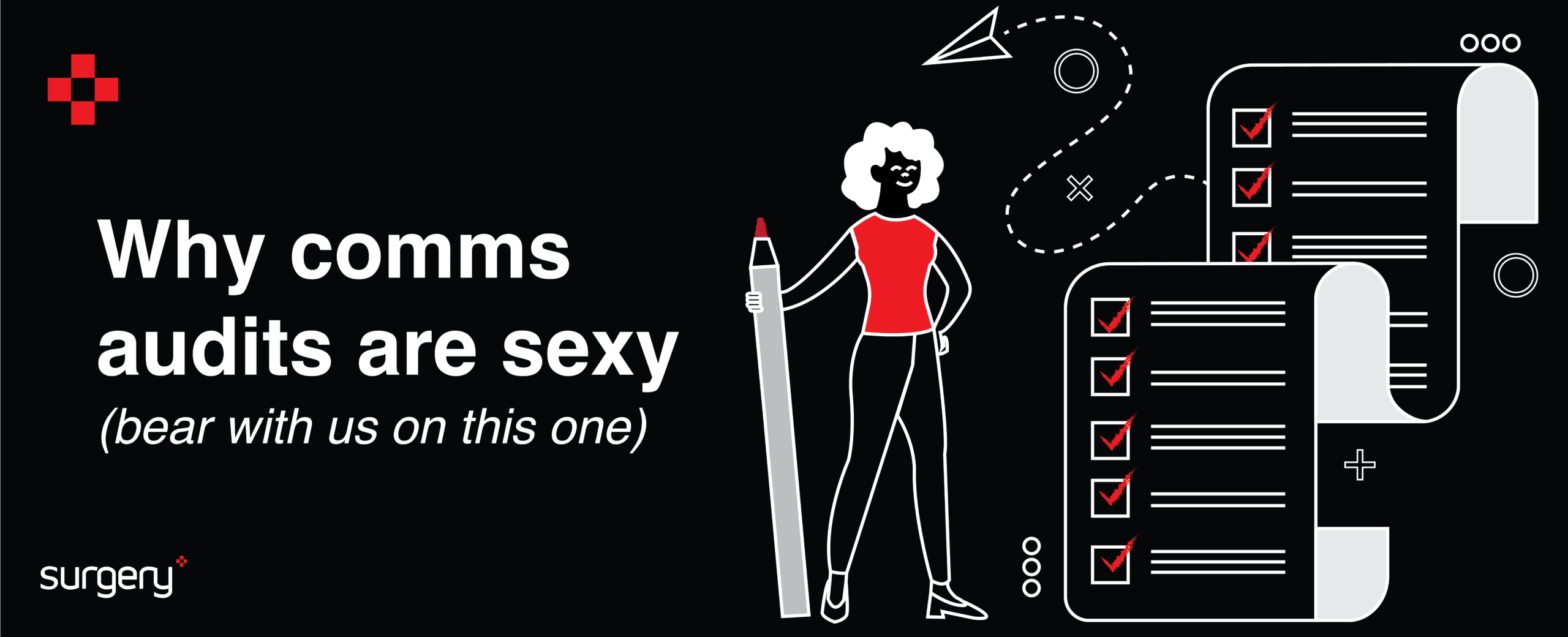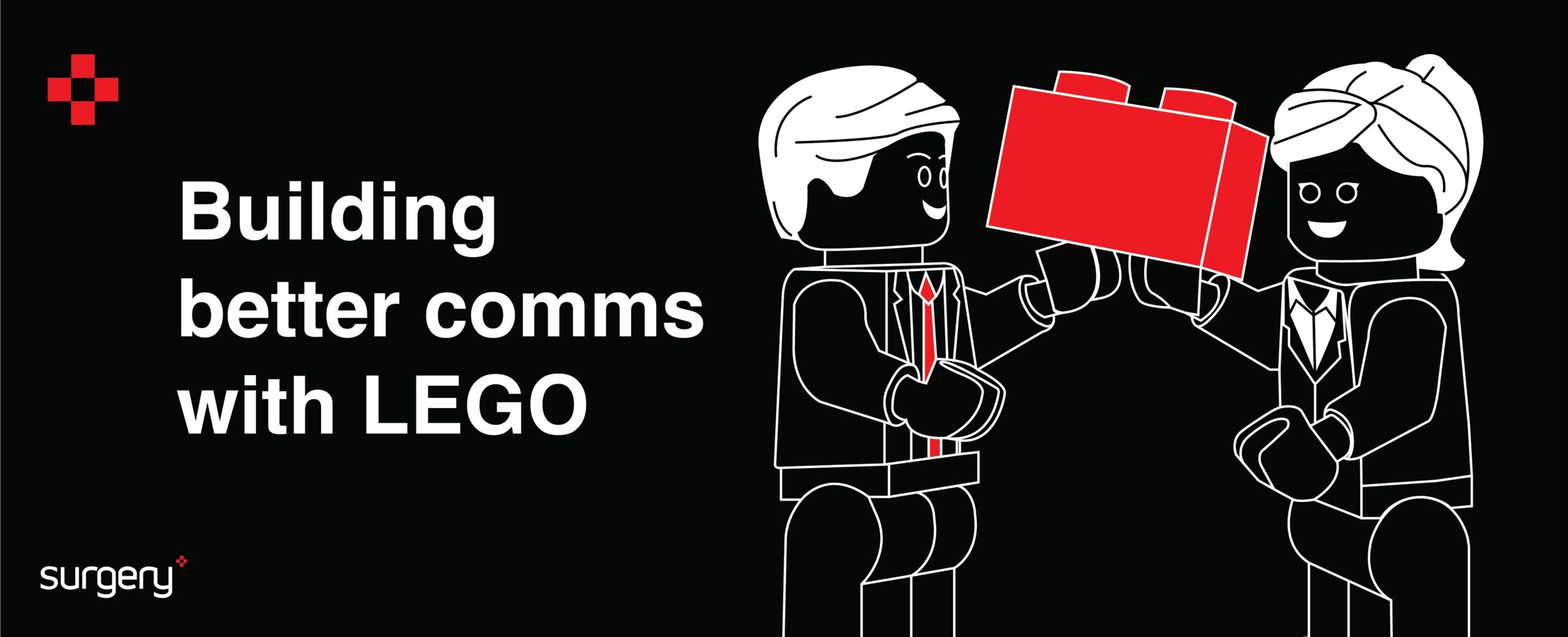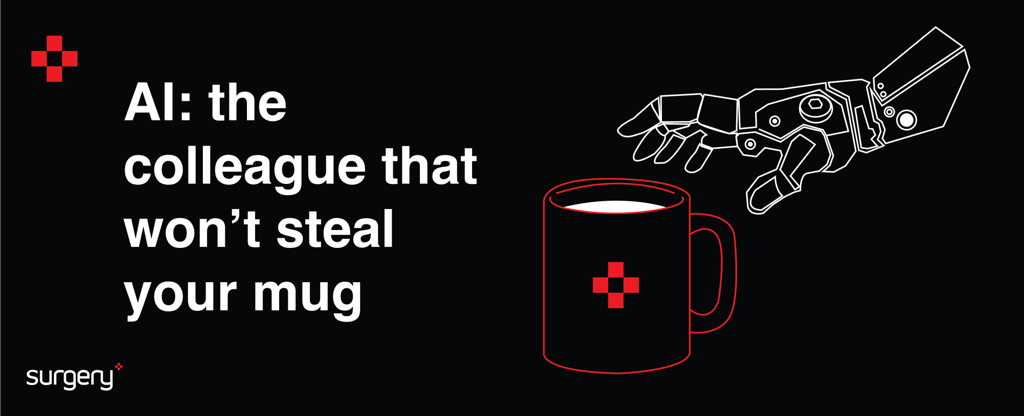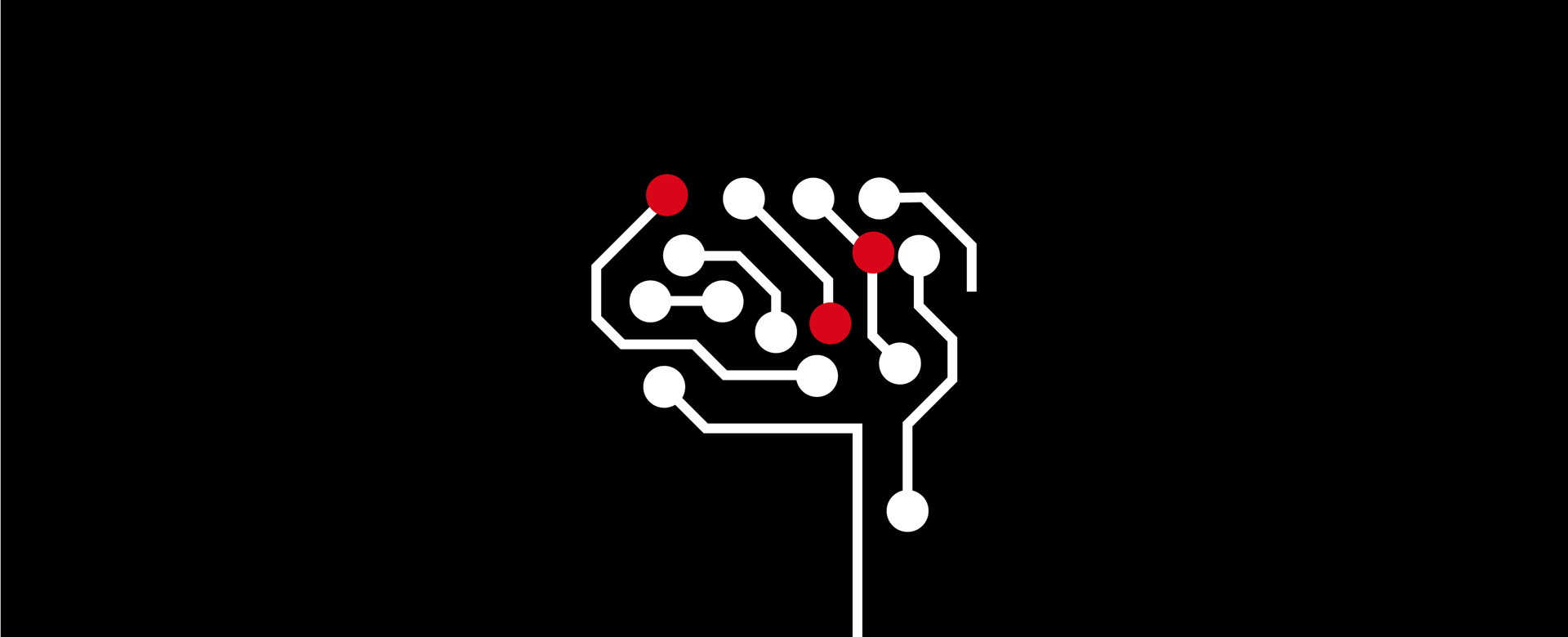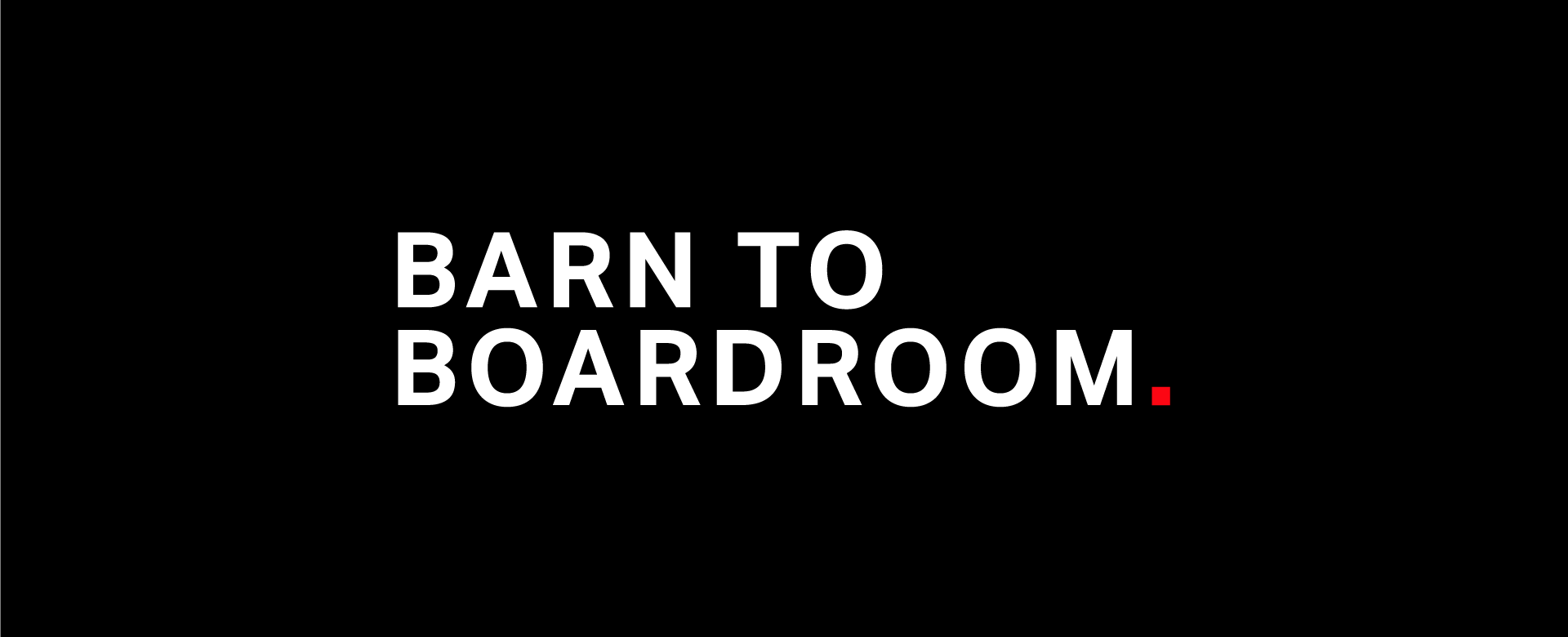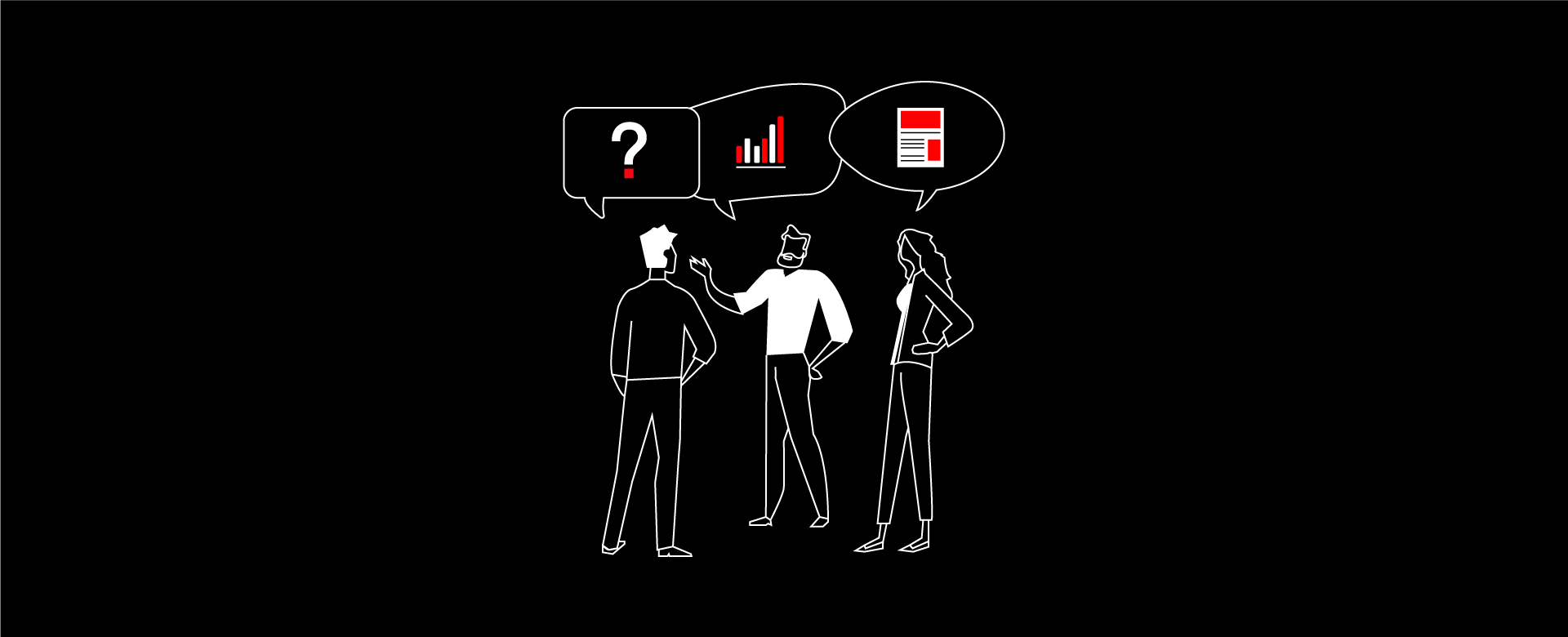Disruption… it’s a fact of life these days.
Like your toast landing butter side down, losing your socks in the laundry, or hastily updating your LinkedIn profile after a terrible day in the office, you’ve probably already experienced disruption at some level.
If you haven’t, you will, sorry about that!
As delegates at our recent Barn to Boardroom event (the networking and learning event for I/C pros) discovered, the good news is there are some solid tactics out there to help you embrace it, learn from it, cope with it and even make it work for you.
In fact, sticking to great internal comms principles, driving an employee-led employee experience, adopting agility, putting out some authentic stories and being bold and resilient might all help, whether you’re being disruptive OR being The Disruptor (what a fab name that would be for a 1980s cartoon baddie, don’t you think?)
A ‘north star’ employee experience
As Barn to Boardroom co-founder and Elsevier’s VP Internal Communications Sarah Meurer and her lovely team Richard Etienne and Lisa Pantelli explained, defining your employee value proposition can give you a real anchor should the waters around you get a bit choppy.
Making sure your EVP is clear and well-defined with employees and that it forms the basis of not just the employee experience but drives through to the external talent proposition means it can become your shiny and twinkling north star.
It’s not something you can sit around with a cup of tea and come up with. Authentic EVPs are something you’ll uncover using insight, insight and more insight from your people.
Giving it plenty of welly at launch and through drumbeat comms, and allowing your people to tell their stories will get your EVP messages ingrained in your BAU and get everyone feeling it every day.
Ready for anything with agile thinking
A bit of agility can also get you ready to disrupt or be The Disruptor (trademark pending).
It’s about being efficient, reducing those processes that drag along behind you every day, stopping you from being innovative and coming up with those funky disruptive ideas. Like new names for ‘80s cartoon baddies, for instance.
As Kate Hughes, Group Internal Comms Manager from Cambridge University Press and Assessment, shared, an iterative define-build-release model can help you constantly refine and learn on the go. It’s for BAU not just for projects and campaigns!
Team scrums, project sprints, and development bursts. They’re all part of your wider agile armoury, helping to drive collaboration, to be slicker in what you do, to reduce risk, to visualise and prioritise the work, and to be on-your-toes ready for whatever is around the corner.
Once upon a time
Stories. We all love them. But if they’re not compelling, genuine or come from those who are actually living them then you’re missing a great chance to be disruptive.
Sam Bleazard, Employer Brand Content Producer at Fortnum and Mason, knows a thing or two about disruption. In fact, he even created his job himself after persuading the bosses at the luxury brand a bit of storytelling is exactly what they need. Nice disruption, Sam!
As he says, sharing great internal personal stories (every business has great people with a story to share) is about creating that genuine, emotional connection with customers, and of course, with potential new talent.
Sam’s takeaway advice is to think about the stories you’re not telling. It’s likely they’ll be much more compelling than the one you’ve just posted on LinkedIn. Oh, and if you can get the CEO to share what they’ve been up to on your socials, it’s even better.
Eating disruption for breakfast
For Laura Campbell, Internal Communications Director at EasyJet, it’s all about resilience because resilience eats disruption for breakfast. She really should know. There can’t be many industries that have had to deal with as much disruption as aviation in recent years.
Natural disasters, cancellations, delays, even a global pandemic. You can add all that to the comms challenges presented by having a remote, up-in-the-air, and desk-based workforce at a high-profile household-name brand which is very visible on social media. Think I’d take the toast landing butter side down anytime!
Everything Laura and her team have dealt with has built real resilience. They use the power of their internal channels to integrate, to head off problems at the pass and to make their senior leaders visible and accessible. It means their strategy and responses to disruption are clearly signposted and out there. It’s really increased the value of their internal comms channels, too.
It kinda goes back to those good old comms principles. When the going gets tough, keep going and keep communicating. As Laura says, it means they’ve been able to bring back the joy (and the fun) of working in travel.
Be The Disruptor on LinkedIn
Personal branding, ooff. It’s one of those things we need to think about if we want to be disruptive, stand out and be noticed. It’s not always comfortable talking about what you do and how good you are at it, though, right?
As Vicki Marinker, Candid Career Coach, wonderfully told her attentive Barn to Boardroom audience, you can get yourself out there and grab attention without being a total $&*7.
It’s not all about you, of course. LinkedIn is where all the talent is just hanging around, waiting for the next piece of inspiring content to thwack them over the head. It’s where the decision-makers are too. In fact, LinkedIn is 277% (yes, you read that right) more effective at generating leads than Facebook and Twitter. 81% of B2B buyers are more likely to engage with someone who has a strong personal brand. Vicki makes a very compelling case!
So, whether it’s your brand or you’re updating the pages for Timpkins and Sons, remember Vicki’s seven Cs – complete your profile, curate your feed, connect, communicate, comment, create and be consistent.
So, another brilliant Barn to Boardroom (which had its own fair share of pre-event disruption thanks to rail delays, torrential downpours and chairs for the event only just turning up in time!) is done and dusted.
It was so good we should do it again next year!
Interested in employer branding? Download our whitepaper to understand the context, case and considerations for a modern employer brand.



